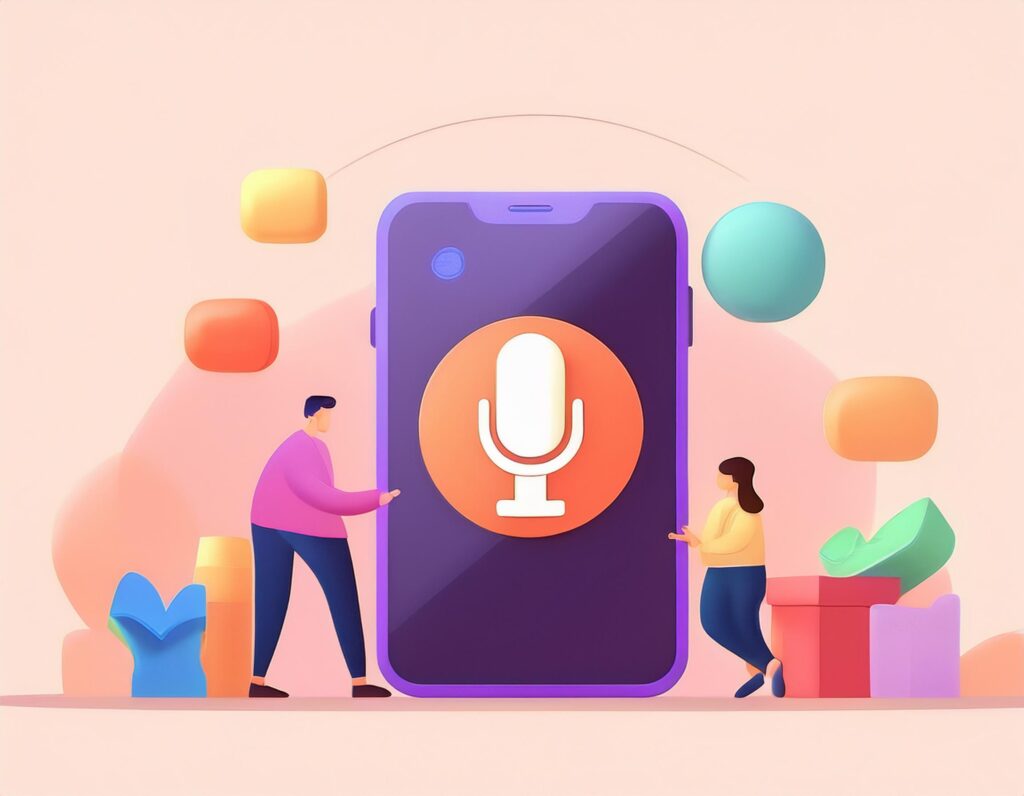
Podcasting has exploded in popularity, with more people listening to podcasts than ever before. If you’re looking to publish a podcast in 2024, it’s important to know the steps involved and how to stand out in this crowded space. In this guide, we’ll walk you through how to publish your podcast, from creation to distribution, with best practices for success.
Step 1: Planning Your Podcast
Before you even hit record, you need a solid plan. Proper planning helps ensure that your podcast appeals to your target audience and sets the tone for long-term success.
1.1 Choose a Niche
Select a niche or topic that you’re passionate about and that resonates with your audience. Successful podcasts usually focus on a specific theme, such as tech, health, entrepreneurship, or storytelling.
1.2 Define Your Target Audience
Who is your podcast for? Identifying your ideal listener will help guide your content creation and marketing efforts. Understanding your audience’s interests and challenges allows you to tailor your episodes and keep them engaged.
1.3 Decide on the Podcast Format
Will your podcast be an interview-style show, a solo commentary, or a narrative-driven production? Some popular podcast formats include:
- Solo show: One person discussing a specific topic.
- Interviews: Conversations with guests.
- Panel discussions: Multiple speakers discussing a topic.
- Storytelling: Serialized stories or educational content.
1.4 Create a Publishing Schedule
Consistency is key to growing a podcast audience. Decide how often you’ll release episodes (e.g., weekly, biweekly). Commit to a schedule that you can realistically maintain.
Step 2: Recording Your Podcast
Good audio quality is essential for a successful podcast, and in 2024, listeners expect high production value. Here’s how to ensure your recordings sound professional.
2.1 Choose Your Equipment
Invest in good podcasting equipment. You don’t need to spend a fortune, but certain items are worth the investment:
- Microphone: A USB microphone like the Audio-Technica ATR2100x or the Shure MV7 is a great option for beginners.
- Headphones: Use closed-back headphones to monitor your recordings.
- Audio Interface (optional): If you’re using an XLR microphone, an audio interface like the Focusrite Scarlett 2i2 will help you get better sound.
2.2 Record in a Quiet Space
Record in a quiet, echo-free environment. If possible, soundproof your recording space by using soft materials or foam panels to reduce background noise and reverb.
2.3 Use Podcast Recording Software
You’ll need recording software that lets you edit and enhance your audio. Popular choices include:
- Audacity (free) for beginners.
- Adobe Audition (paid) for advanced editing.
- GarageBand (free for Mac users).
Ensure that your recording software supports multi-track recording, especially if you’re doing interviews or adding music.
Step 3: Editing and Enhancing Your Podcast
Editing is where you polish your audio and remove any mistakes or background noise.
3.1 Edit Out Unwanted Sections
Remove unnecessary pauses, filler words, or tangents that don’t add value. Clean, concise episodes are more engaging.
3.2 Add Music and Sound Effects
Intro and outro music set the tone for your podcast and help create a signature sound. You can find royalty-free music on platforms like Epidemic Sound or Free Music Archive. Adding sound effects sparingly can also enhance storytelling.
3.3 Normalize Your Audio Levels
Ensure that your audio levels are consistent across the episode. Most podcast listeners tune in while doing other activities, so it’s crucial to avoid sharp volume changes. Many editing software options have a built-in normalization feature to balance the sound.
Step 4: Hosting Your Podcast
Once your podcast is ready, you need a reliable platform to host your episodes.
4.1 Choose a Podcast Hosting Service
A podcast hosting platform stores your audio files and distributes them to podcast directories like Apple Podcasts and Spotify. Here are some popular hosting services:
- Buzzsprout: User-friendly with affordable plans.
- Anchor by Spotify: Free hosting with simple distribution options.
- Podbean: Offers monetization options.
- Libsyn: A trusted platform with powerful analytics.
4.2 Upload Your Podcast Episodes
Upload your audio files, create a compelling title, and write show notes for each episode. Include keywords in your episode title and description to improve discoverability.
Example: Instead of “Episode 1: Marketing Tips,” try “Episode 1: Top 10 Marketing Strategies to Grow Your Business in 2024.”
Step 5: Distributing Your Podcast
Once your podcast is hosted, it’s time to get it out to the world.
5.1 Submit Your Podcast to Major Directories
Submit your RSS feed (provided by your hosting platform) to the following platforms:
- Apple Podcasts: The most popular platform for podcast discovery.
- Spotify: One of the largest podcast platforms worldwide.
- Google Podcasts: Helps boost your search visibility.
- Stitcher, TuneIn, and Pocket Casts: Other directories to expand your reach.
5.2 Create a Podcast Website
Having a dedicated website for your podcast helps you build your brand and improve SEO. You can use platforms like WordPress or Squarespace to create a site where listeners can find all your episodes, show notes, and links.
Step 6: Promoting Your Podcast
Promotion is key to growing your podcast audience, and in 2024, there are more ways than ever to market your show.
6.1 Social Media Promotion
Leverage social media platforms like Instagram, Twitter, Facebook, and LinkedIn to share clips and highlights from your episodes. Use engaging visuals and quotes to capture attention.
Tip: Use tools like Headliner to create video snippets with captions from your podcast episodes to share on social media.
6.2 Paid Ads
Use Google Ads or Meta Ads (Facebook and Instagram) to promote your podcast to a targeted audience. You can run ads to people interested in your podcast’s topic or those who have listened to similar shows.
- Budget Tips: Start with $10–$15 per day and adjust based on results. Focus on engaging your audience with concise, eye-catching ad copy.
6.3 Collaborate with Other Podcasters
Reach out to other podcasters in your niche to collaborate, whether through guest appearances or cross-promotions. This introduces your show to new audiences and boosts credibility.
6.4 Use Podcast Directories and SEO
Optimize your podcast for search engines by using relevant keywords in your titles, descriptions, and show notes. Submit your podcast to niche podcast directories in your field.
6.5 Leverage Email Marketing
If you have an email list, notify subscribers every time a new episode goes live. Include a link to listen, a brief summary, and why they should tune in.
Step 7: Monetizing Your Podcast
Once you’ve built an audience, you can start monetizing your podcast.
7.1 Sponsorships
Sponsorship deals allow you to promote a product or service during your episodes. To attract sponsors, build a media kit showcasing your listener demographics, download statistics, and audience engagement.
7.2 Listener Donations
Set up a Patreon or Buy Me a Coffee page to accept donations from loyal listeners.
7.3 Affiliate Marketing
Promote products relevant to your audience and earn commissions on sales through affiliate marketing.
Conclusion
Publishing a podcast in 2024 requires careful planning, consistent quality, and a strong promotional strategy. By following this step-by-step guide, you can not only create and launch your podcast but also grow a loyal audience. Keep in mind that podcasting is a long-term game, so stay committed, experiment with new ideas, and watch your podcast thrive!



